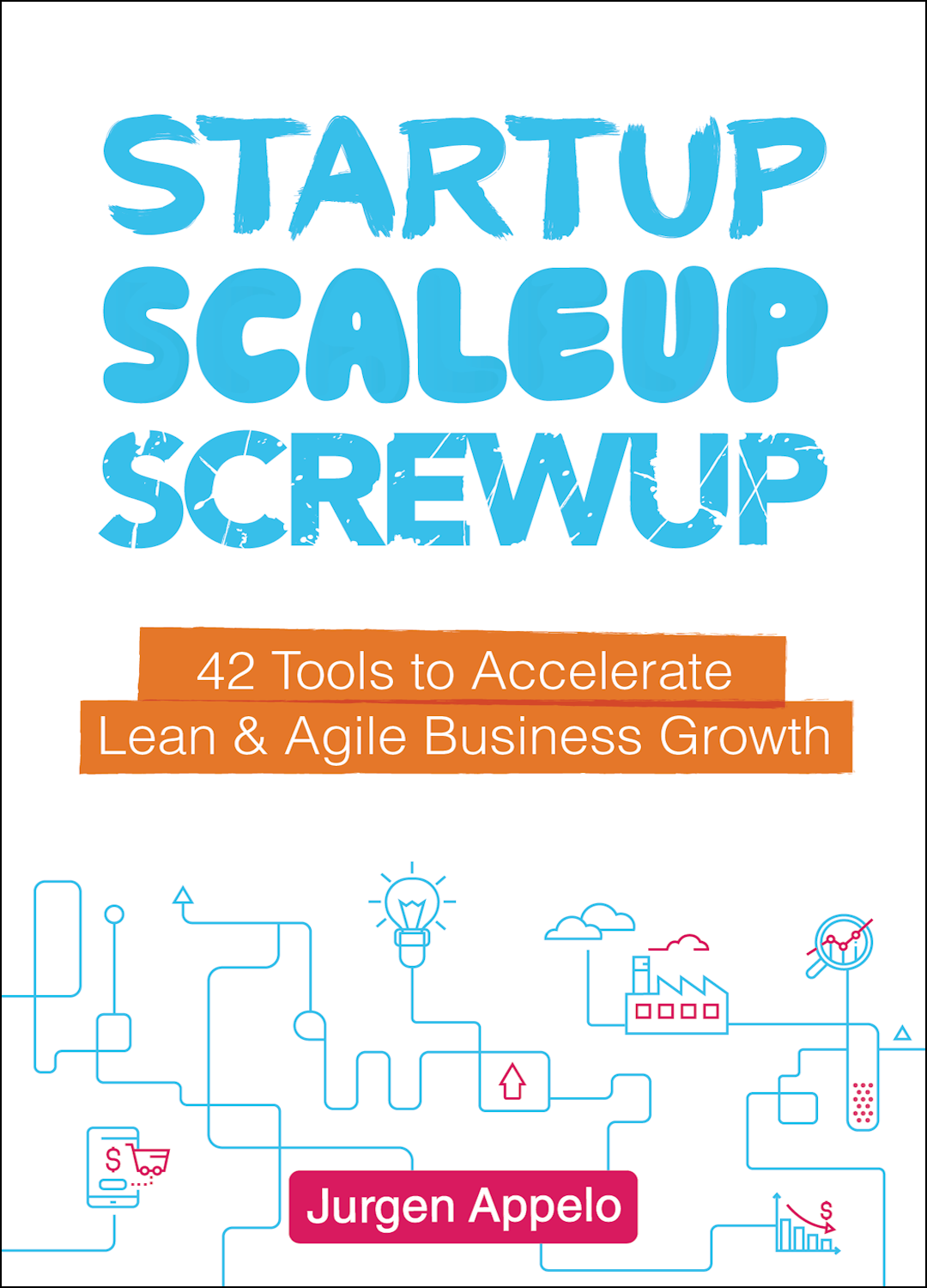I know I’ve been a little MIA (Missing In Action) lately. Believe me, it’s not because I ran out of things to say—quite the opposite. I’ve been grappling with a choice, one that every creator faces at some point:
Should I focus on crafting premium, top-shelf work that comes at a higher cost? Or should I churn out more content, faster and cheaper, to reach a wider audience?
It’s a lot like shopping for clothes. Stick with me here.
I’m the kind of person who’s drawn to quality—think Hugo Boss, Patagonia, or Tramarossa. There’s something satisfying about knowing you’ve invested in something that lasts. But every now and then, I’ll snag a bargain—a cheeky pack of socks or a random shirt that feels like a steal. What I rarely do, though, is shop in the middle. You know the type: not quite premium, not quite a bargain, and definitely not memorable.
That same “barbell effect” crops up in every corner of life.
Take gadgets. I’ll splurge on a Google Pixel smartphone because I want the best tech in my hands—or I’ll grab some no-name monitor that gets the job done. Eating out? Either I’m going all-in for an award-winning feast or I'm grabbing a cheapo burger, burrito or ramen. The in-between? Forgettable.
The Barbell Effect, as economists call it, describes this pull toward the extremes—premium on one end, budget on the other—while the middle ground gets hollowed out. It’s a market trend, sure, but it’s also a lifestyle philosophy. And lately, it’s got me thinking about my writing.
In a world drowning in AI-generated fluff, where does a writer like me fit?
I could aim for exclusivity—stories so compelling, readers wouldn’t think twice about paying a premium. Or I could ramp up volume, churning out accessible, binge-worthy pieces like the Netflix of words. The middle? That’s where creativity goes to die.
And it’s not just writing. Retail, restaurants, gyms, even kitchens follow this pattern. Luxury brands like Gucci and Louis Vuitton thrive on exclusivity, whereas budget chains like H&M and Zara rake in sales from the cost-conscious. Meanwhile, mid-tier department stores are gathering dust.
Even at home, I see it: my furniture is a mash-up of sleek Italian designs and IKEA hacks, and my kitchen is stocked with Le Creuset pots and pans on the one hand, and bargain-bin woks on the other. The stuff in the middle? Why even bother?
The Barbell Effect has spoken.
So here I am, staring down two paths:
1. Go premium—craft stories that stand the test of time, that people treasure, that demand a premium because they’re worth it. Like Neal Stephenson, Joe Abercrombie or Martha Wells.
2. Go high-volume—produce work at scale, bringing stories to everyone, fast and affordable. Like Isaac Asimov, Piers Anthony or Mercedes Lackey.
Both approaches have their appeal. Both work in today’s market. But there’s one truth I can’t ignore: The middle isn’t an option. Average quality and average quantity gets you nowhere because in economies of scale fueled by power laws, there's no such thing as the average.
And that leaves me with a question for you, dear reader:
Which side of the barbell do you want to see me on?















